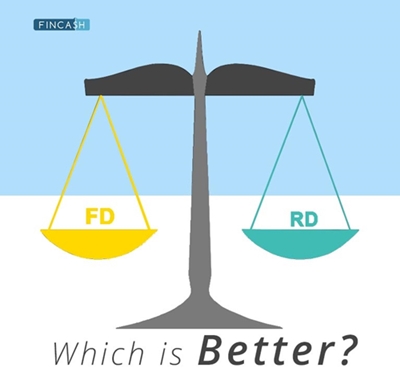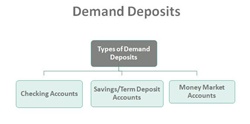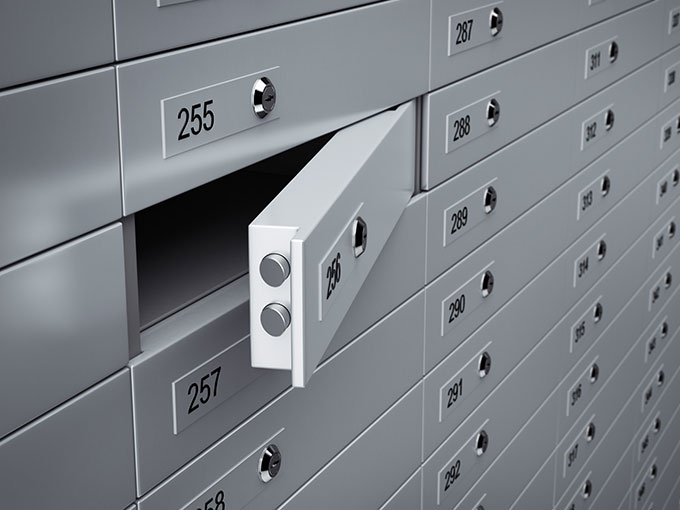
Table of Contents
What is a Deposit Slip?
A Deposit Slip refers to the smaller paper-based form that customers of any Bank are required to include while depositing funds into a bank account.

A deposit slip contains the Deposition date, the depositor's name, the depositor's account number, and the deposited amount.
What is Cash Deposit Slip?
This bank deposit slip is the record of the total amount that a person is depositing into a bank account. It includes the details of the items being deposited, that is, the number of notes or coins of each type in the form of cash.
What is Cheque Deposit Slip?
This option is contained in the banking menu, which allows a customer to generate a deposit slip for the payments received in cheques or demand drafts that must be deposited in the bank. It must be filled and submitted after attaching the cheque or the Demand Draft.
Talk to our investment specialist
Working of the Deposit Slips
As a customer, when you enter the bank branch, you will find a stack of deposit slips having some spaces to be filled in with the required details. You must first fill out the deposit slip and approach the bank teller for depositing the funds.
At the bottom of the deposit slip, you must write the bank account number to which you wish to deposit the funds. The deposit slip helps the teller to know about the bank account for crediting the funds.
The bank clerk verifies the received funds mentioned in the deposit slip to ensure that they match and proceed with the deposition. The bank teller keeps the slip and the depositing items and provides a Receipt to the customer. Moreover, deposit slips are also added to the cheque books' back part with the customer's account number printed beforehand, along with the bank routing number.
Benefits of Having Deposit Slips
Deposit slips have some benefits like:
They offer protection for the customer and the bank. Banks utilize them to maintain a written ledger of the funds deposited in a day and ensure that none of the deposits goes unaccounted for at the end of a Business Day. As for the customers, deposit slips to act as de facto receipts, ensuring that the bank accounted for funds and deposited the right amount into the proper bank account.
If any customer checks the bank account balance and further finds out that the deposit was not made correctly, they can provide the deposit slip as proof to the bank and resolve it.
The deposit slip receipt represents the total amount of deposit made. If any dispute arises with the concerned bank, customers can ask for a copy of their deposits and the deposit slip to show the value of each item that made up the total amount.
Special Considerations about Deposit Slip
Deposit slips are becoming an older trend as the banks remove the concept from their branches while favouring a newer technology. Banks now use ATM deposits, and thus customers don’t have to fill the deposit slips. Now the computerized machines can read cheques and count cash and then credit the associated account electronically.
ATM deposit receipts are available even before the deposit is completed, and there are also the receipts that have the image of the deposited cheques. Advancements in smartphone technologies also offer unique apps to customers to help them scan the paper cheques instead of having to deposit them via an ATM or a bank teller.
Steps for Filling Deposit Slip
Different steps are there for filling different types of deposit slips based on their purpose. For example, cash and cheque have varying requirements and sections, and thus, you must follow different steps to fill them. Here are the basic steps to do the same:
- Providing personal details:
Fill in your name and account number on the deposit slip. It is already accomplished if you have a pre-printed deposit slip from your cheque book's back portion.
- Filling the added details:
Fill in the other details, including the date and the branch details if required.
- List the cash amount for the deposit:
This means the total amount of currencies for the deposit. If you are not depositing the cash, you can leave this part blank.
- Listing out cheques:
List the cheque number and amount for all the cheques you are depositing. If you are not depositing cheques, move to the subtotal part.
- Adding deposits for a subtotal:
This is the total amount of cheques and cash to be deposited.
- Enter the cash amount to withdraw:
This is only required if you wish to get some cashback from the total deposits. When all of your deposits include cheques, you might want to withdraw cash to avoid withdrawing later.
- Calculating total deposit:
This means the sum of total deposits minus the cash you are withdrawing (if any).
- Signing deposit slip:
This is mandatory if you are getting cash from the deposit.
All efforts have been made to ensure the information provided here is accurate. However, no guarantees are made regarding correctness of data. Please verify with scheme information document before making any investment.












